A group of Persons
Isonzo / Soča
Residency in Gorizia / Nova Gorica
Curated by Eleonora Sovrani
A project by Matteo Carli and Giovanni Chiarot, Le Serre, Udine
With Francesca Cogni, Rafhael Comodino, Lenart de Bock, Žiga Ipavec, Tilen Kravos, Maria João Petrucci, Giulio Pollionato, Yoann Van Parys
A collective creative residency combining music and visual arts. An exploration of the Italian-Slovenian border area around Gorizia/Nova Gorica. The omnipresence of a river, changing gender and name as it flows from one country to another: Isonzo/Soča. Play as a unifying force.
A project by: Altrememorie Cultural Association
In collaboration with: Društvo Sik Cultural Association, Zeroidee APS, Quarantasettezeroquattro Association, IDA ETS, ETRAR.T.E. Association, Circolo Arci Gong, Bar Trattoria al Poeta, Kreativna cona Vrtojba
With the contribution of: Friuli Venezia Giulia Region














Someone's been sleeping in my bed
Baita, Pian de Farnè
Curated by Alfred Agostinelli
With Pierre-Alexandre Mateos & Charles Teyssou, Alessandro Sciarroni, Federico Antonini, Laura Doardo & Alessandro Calabrese, Honey Jones-Hughes & Antonio de la Hera, Yoann Van Parys, Zachari Logan, Saul Marcadent, Caterina Gabelli & Tami Izko
04.07-06.07. 2025
In Robert Southey's “The Story of the Three Bears” (1837), three bears—one large, one medium-sized, and one small—all live together in a house in the woods. As in Southey's story, the cabin hosting the exhibition also has three owners, who differ not in size but in their position along the timeline. The first to inhabit the rooms of the refuge was great-grandfather Lodovico, who in 1918 offered the belvedere to Austrian snipers and made the house a shelter and ideal firing point for Franz Joseph's soldiers. The centuries-old tree in the garden was probably planted by him. Leo was the second guardian of the hut. Lodovico's only son, he extended the building, transforming the mountain hut into his personal retreat. The fireplace room
and the bedroom where the works are displayed were the heart of his home.
Moving into the present, what is now my mountain retreat has hosted several people over the last ten years, betraying its nature as a retreat to become instead a space open to visitors. On the occasion of this tenth anniversary, I have collected a series of cherished objects in the hut, forgotten, lent or given as gifts, which will remain on display to the public for the fleeting time
of two days.










Proche des étoiles (et des commerces)
L'Orangerie, Bastogne
13.04-19.05.2024
Curators Gauthier Pierson, Sarah Godelaine
Project realised in collaboration with Fatma Abidi, Roland Bastenier, Charline Bihain, François Evrard, Amélie Hordebise, Philippe Houzé, Rafael Marques, Léopold Strepenne, et Carine Wynants
In 2023, an exhibition entitled “Close to the shops (and the stars)” was held at the Orangerie in Bastogne. It consisted of a colorful fresco on the floor, created by children over the course of four days.
A year later, I'm in the thrall of Georg Wilhelm Friedrich Hegel. I see everything in terms of antithesis. The new exhibition is therefore entitled “Close to the Stars (and to Business)”. It unfolds on the ceiling rather than on the floor. It is created over four nights, with adults, rather than during the day with children. Where the previous exhibition was in color, this one is in black and white. And from the plan, we slide towards volume. The result is a portrait of Bastogne by night rather than day.
At night, all cats are black. Everything is the same, yet slightly different. The minutes tick by, and we're somewhere between late awakening, dream, nightmare, hallucination, dream. The church is no longer necessarily in the middle of the village. The hand tries to grasp, blindly. But the project of perfect antithesis proves impossible. For reality intervenes. It puts its own spin on things. But then, where are we? Are we treading water in the thesis? Is the eternal thesis our only destiny? Or is the antithesis precisely this seasoned thesis? Or is it already the synthesis? And what does the middle class want in all this? Friedrich, may you enlighten us.
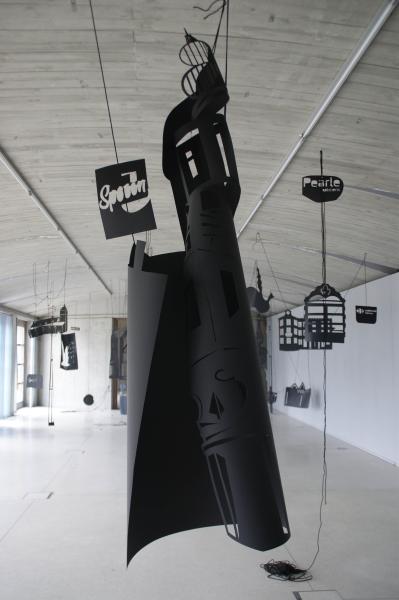
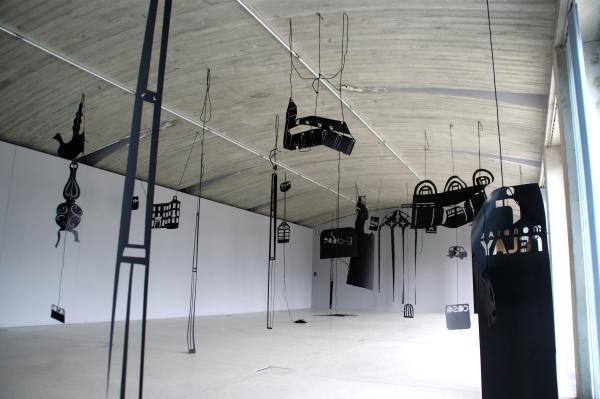
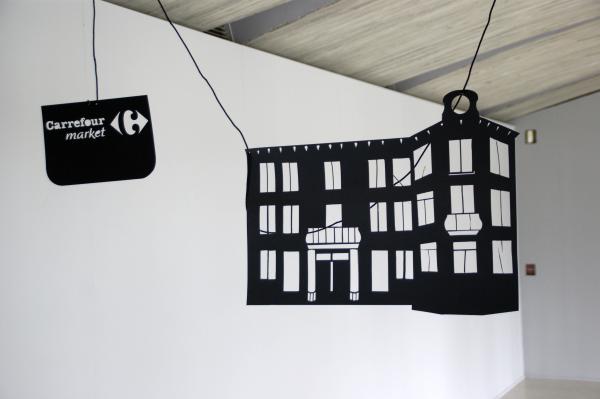

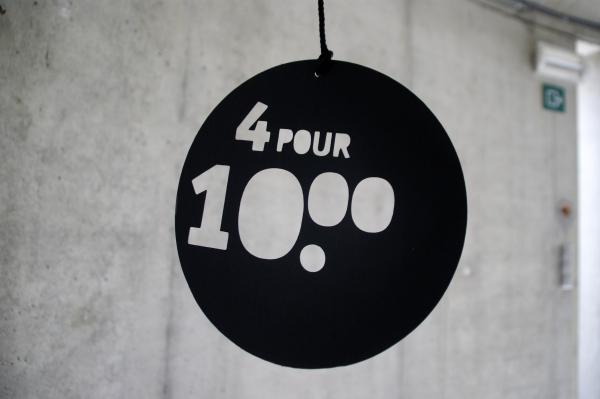
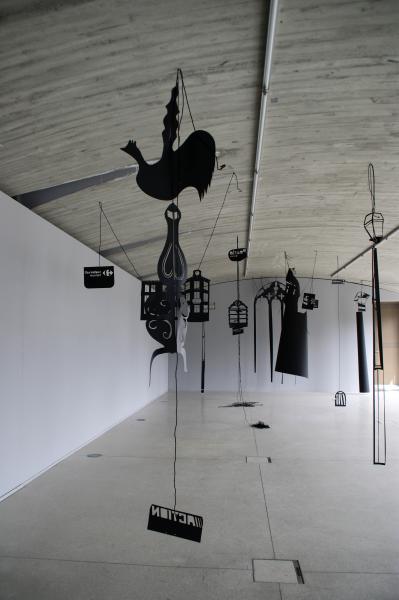
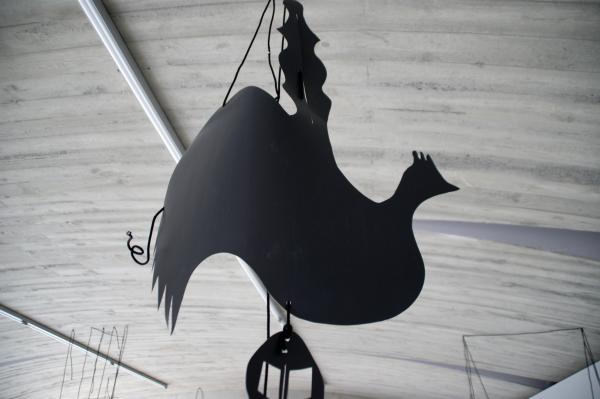

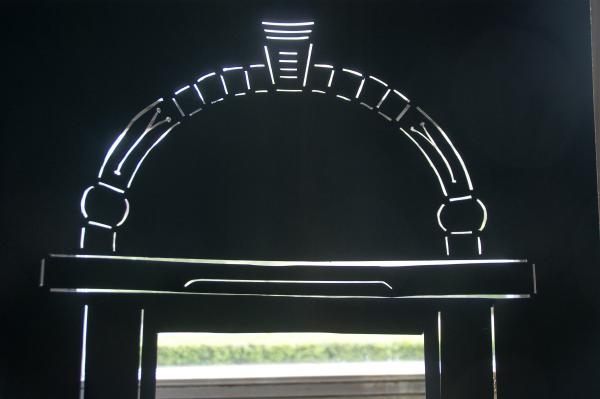



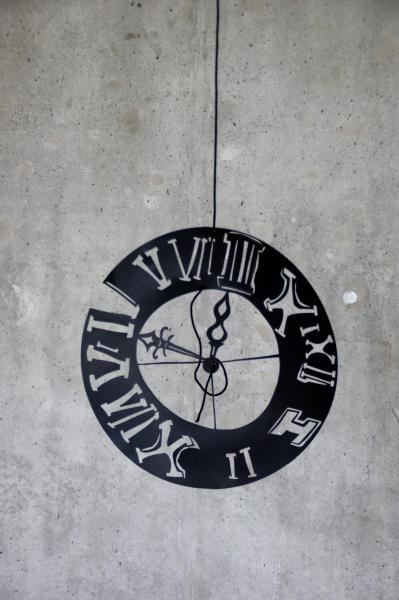
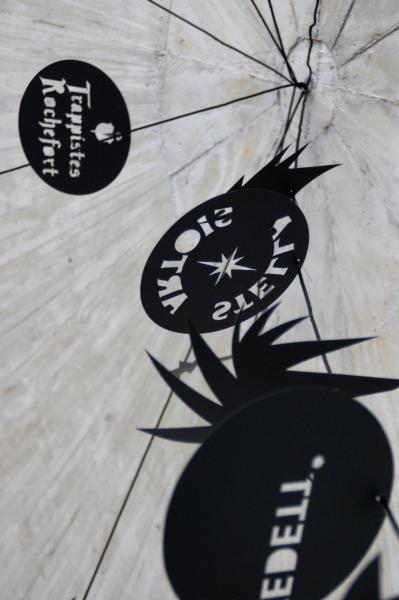
Proche des commerces (et des étoiles)
L'Orangerie, Bastogne
06.05-11.06.2023
Curator Gauthier Pierson
Project realized in collaboration with Jules Marques (11 years old), Alice Noël (11 years old), Clara dell'Erba (15 years old), Elie Verdin (12 years old ), Gustave Bastenier (13 years old )
The Orangerie art centre is keen to establish a partnership with the Bastogne youth centre. The aim is to create a project with the guests of these centres. Five children aged 11 to 15 signed up. We went for a walk around the town, equipped with simple black markers and sheets of paper. We drew Bastogne, a town in southern Belgium famous for having been the scene of the Battle of the Bulge during the Second World War. Today, it's a peaceful town with a focus on local commerce and tourism. We return to the art centre to transfer the drawings to the floor using stickers. In the evening, coats of paint are spread over the drawings. The stickers are removed in the morning to reveal the drawings. Faithful reproductions of signs in Bastogne's main street are added to the margins of the drawings. Didascalies. The fresco on the floor is augmented by a network of ropes, which traces an additional design over the paintings. The back room is blue, studded with stars.
The result is a cemetery of brands, lying on the ground, like those sad soldiers' cemeteries; a Platonic cellar, with an idea of Bastogne, in Bastogne; a childish and ingenuous version of the city built over time by adults; an alternative to the Sim's video game, a reworking of a Google Maps map; a Lascaux cave with paintings blown up in an architectural atmosphere of Walloon postmodernism; a colourful Navajo-inspired painting meditating on the West's perception of the universe.
The invitation card and poster for the exhibition interweave the names of shops and restaurants in the centre of Bastogne, an American flag, an advertisement for an estate agent and an optician. The boxes are punched with stars. These media are graphic ramblings on the Star-Spangled Banner, on the visual stimuli of a town, and on the topography that is the subject of negotiation between commerce, history and the local council.
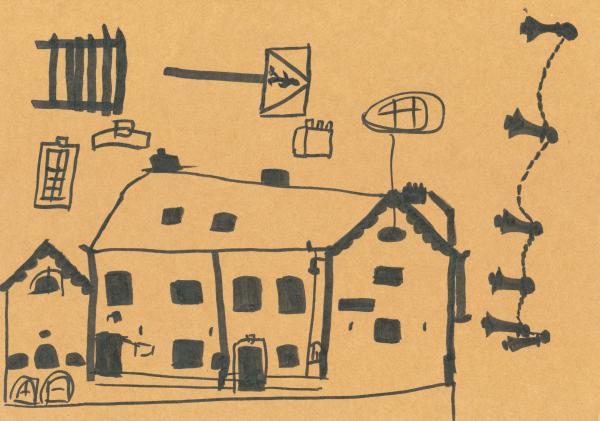

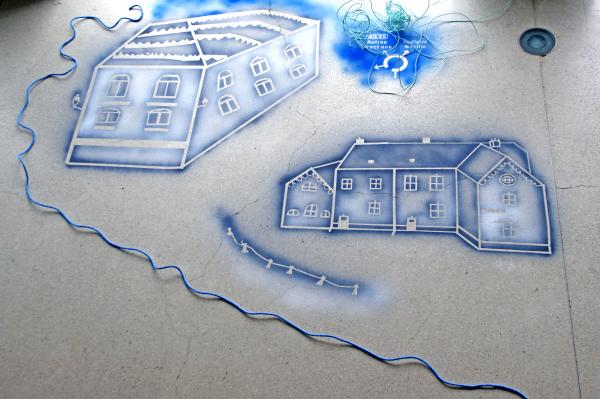

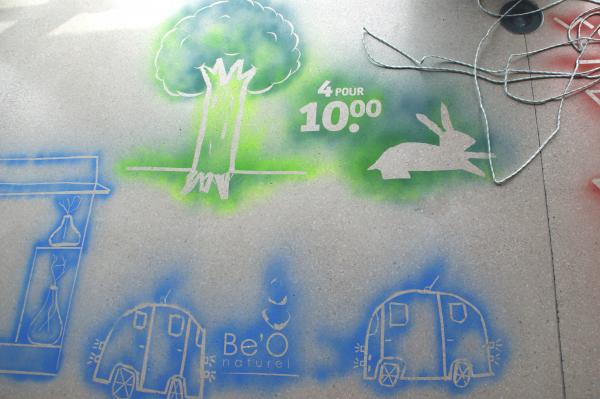


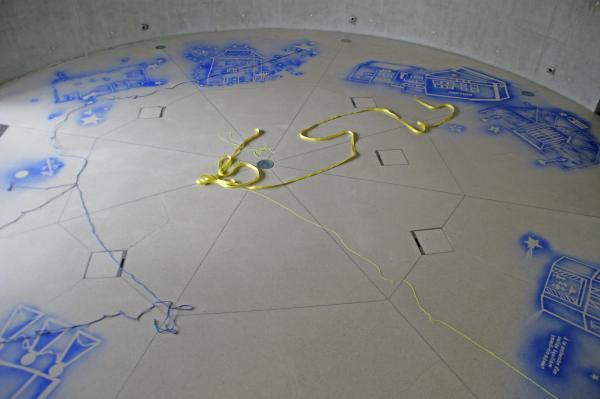

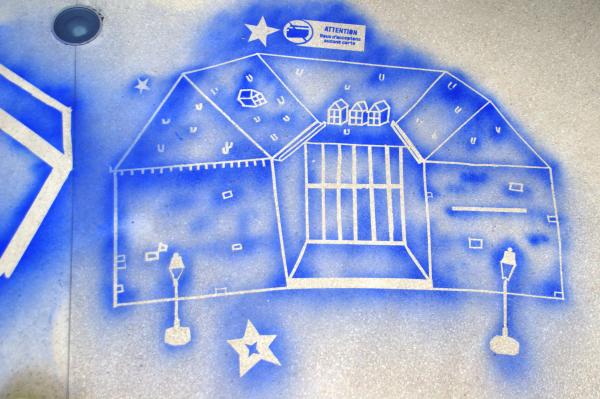
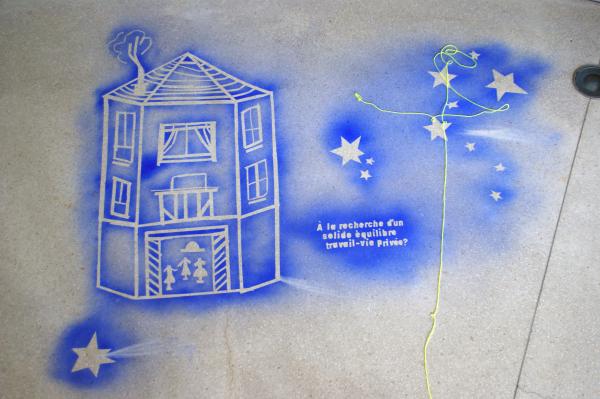


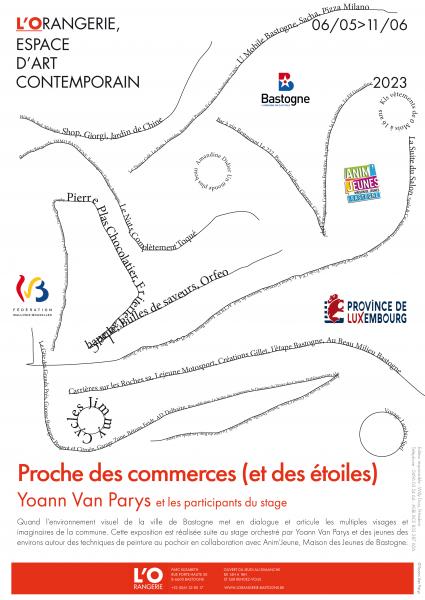
05 septembre - 01 octobre
Galerie Totem, Amiens
05.09-01.10.2022
Curators Louis Clais & Gabriel Folli
This group exhibition at the ToTem gallery in Amiens (located on the central square at the foot of the Gothic cathedral) was conceived by Louis Clais and Gabriel Folli. It has the funny title of its own start and end dates. It brings together works by Fabrice Cazenave, Louis Clais, Gabriel Folli, Marie Glaize, Raphaël Lecoquierre, Nancy Moreno and Régis Jocteur Monrozier. I first wrote a text on each of the participating artists (including myself), in the guise of a "professional man/woman": radiologist, accountant, postman, skater, optician, entrepreneur and sports commentator. These texts were then reworked to be printed on clay tablets, similar to amulets. The amulets were then hung in an alcove in the exhibition on the end of coloured strings, thus forming a puppet theatre representation of the exhibition, or perhaps the first three-dimensional press release in history. At the opening, yours truly donned his own amulet, reminiscent of ancient cuneiform writing plates, an Olympic medal, a medieval royal decoration, or even the plates worn by poor people on slave markets.
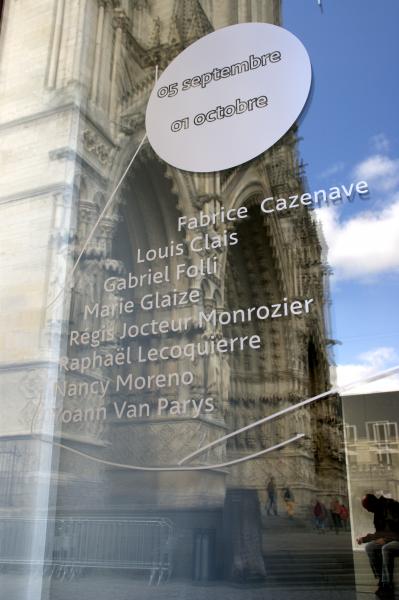

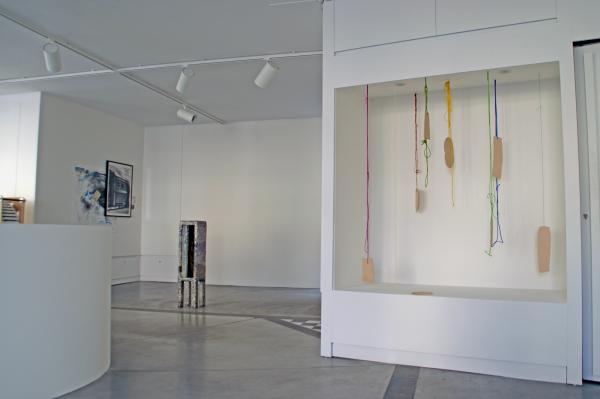
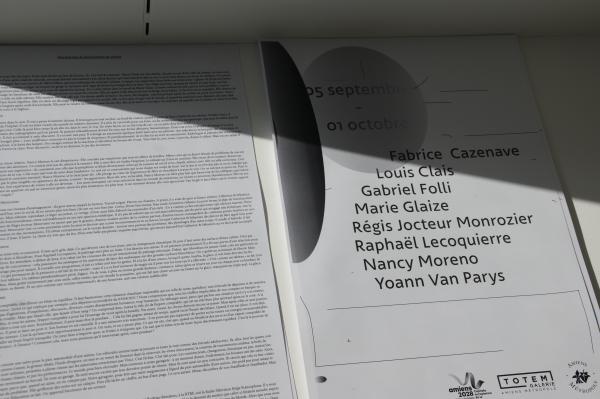

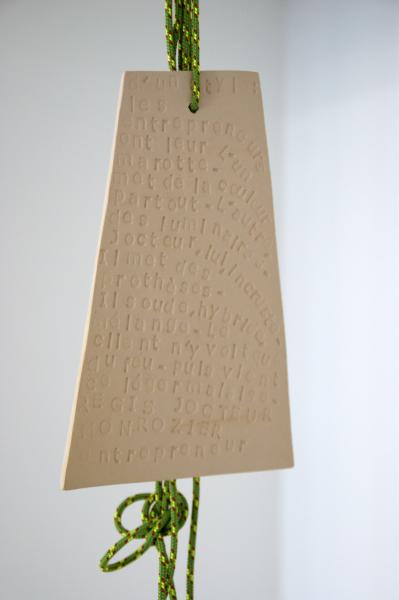
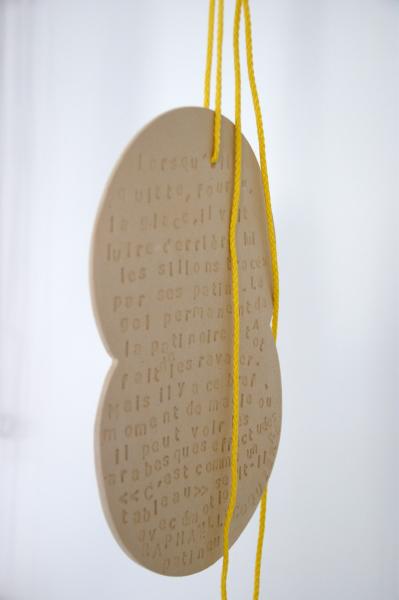
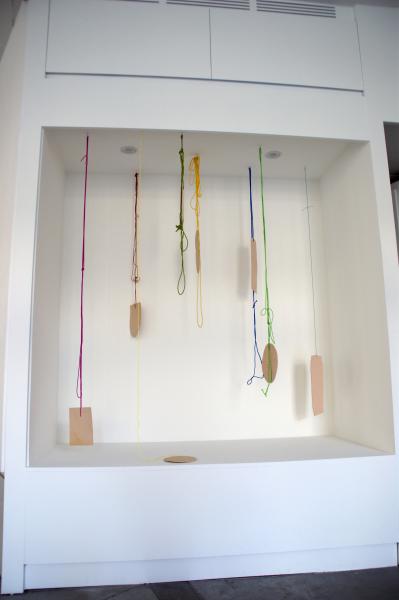

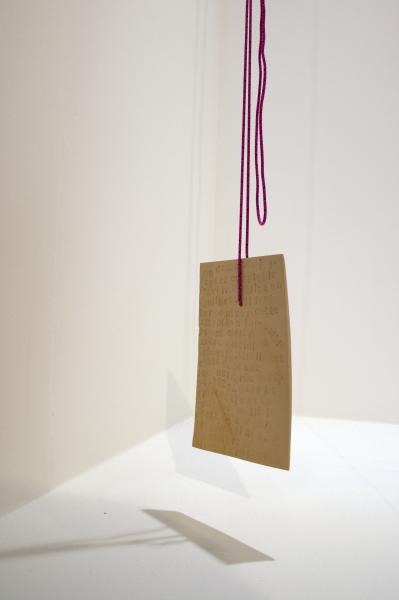
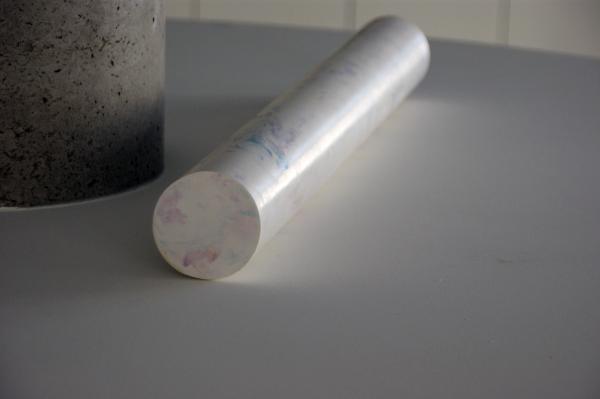
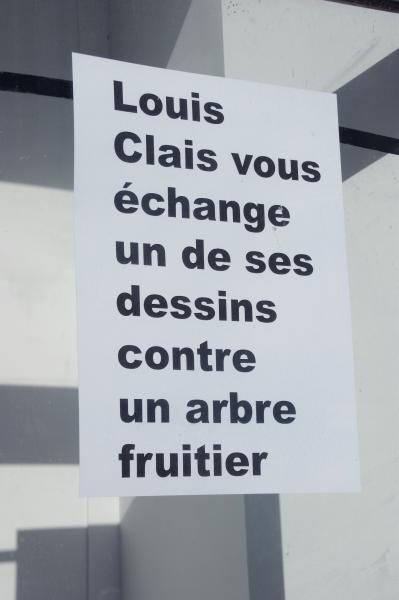



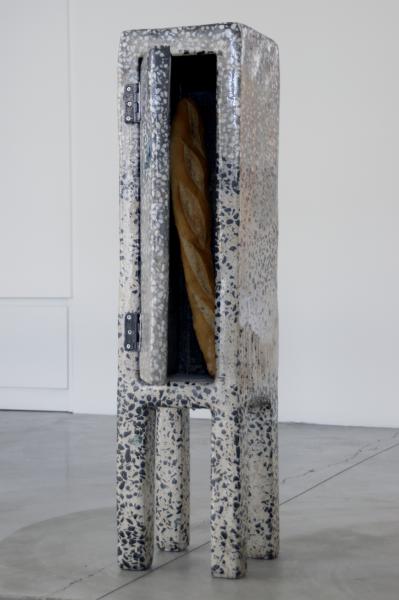
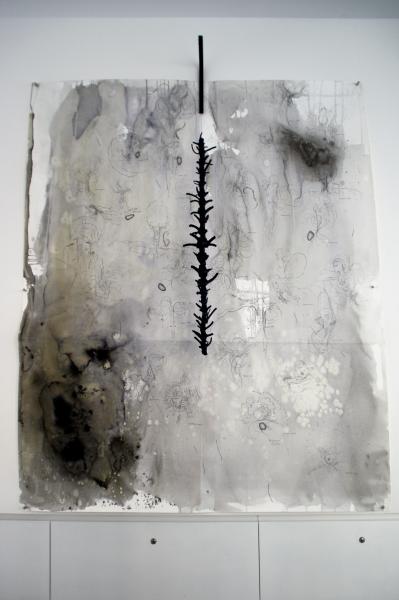
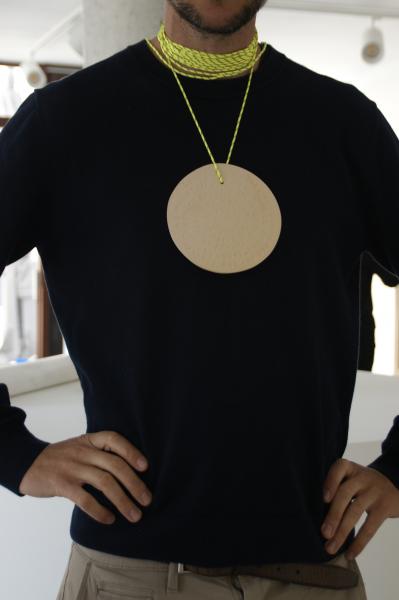
Nos éclairs de soleil dans les brumes du souci
Fructôse association, Dunkirk
04.04-16.04.2022
Curator Septembre Tiberghien
A collective residency with Ondine Bertin, Louis Clais, Valentine Gardiennet, Martha-Maria Le Bars, Pôle-Fromage, Adrien Tinchi and Yoann Van Parys
Initial text of the curator :
Act I
The Dunkirk sunset is without a doubt the most intense experience I have had in this city between 2011 and 2012. In this part of the world, which is similar to a Finistère, the sun not only ends its course in the sea, but it adorns the sky with flamboyant colors bordering on the supernatural. Some people explain this incandescent glow by the presence of fine metallic particles suspended in the atmosphere, coming from the factories of the nearby industrial port. Myth or reality? It doesn't really matter to us, since the phenomenon is a daily spectacle for the greatest pleasure of all.
Act II
March 2020 to December 2021: the health crisis of the COVID-19 deprives us, momentarily and by intermittent episodes, of our cultural rights, as defined by the Declaration of Fribourg in 2007. According to Patrice Meyer-Bisch, president of the Observatory of Diversity and Cultural Rights and member of the Fribourg Group, which created the Declaration, they can be defined as follows: "Technically speaking, they are the rights, freedoms and responsibilities for a person, alone or in community, to choose and express his or her identity by accessing, practicing and contributing to cultural references perceived as resources necessary to his or her process of identification, communication and creation."
When theaters, cinemas, concert halls, museums, art centers and other exhibition spaces are required to close to avoid the spread of the virus, in Dunkirk the sun continues to shine brightly, reminding us that an even more serious crisis, ecological this one, is shaking up the agenda of our policies. Nevertheless, in these times of pandemic, full of uncertainty and anxiety, the sunset is an inexhaustible source of joy and emotion. To look at it implies a true act of communion between man and nature, a romantic vision of which the literature and the cinema in particular were made the echo.
Act III
In the collection of the Museum of Fine Arts in Dunkirk, closed in 2015 for an indefinite period, we find many seascapes, of more or less happy workmanship, painted between the seventeenth and nineteenth century. The skies are mostly agitated by winds blowing from the sea, sometimes carrying away the ships, as in Naufrage, by Claude Joseph Vernet. Except in a few port representations, more often located in the East than in the West, as in Hendrik Van Minderhout (View of a port in the East, 1688) or Louis Gabriel Eugène Isabey (The port of Dunkirk, 1831), the sun is almost absent. How to explain the occultation of this dear star by the painters? Wouldn't drama go well with the clear horizon of fine days? The fact remains that if this phantasmatic sunset does exist, it is invisibilized in two ways: by the artists, who have chosen to show the star at its zenith rather than at its decline; and by the institution, whose collections are on external storage until further notice.
Act IV
The Belgian artist Marcel Broodthaers had imagined in his time The Museum of Modern Art, Department of Eagles, of which he was at the same time director, curator and guardian. Apart from the numerous thermoformed enamel plates bearing the museum's effigy, the only works in the collection were reproductions of paintings in postcard format. Nomadic and independent, his institution addressed the question: does the museum make the works or the other way around? Like André Malraux's imaginary museum, everyone seems to be able to carry within themselves an infinite collection of mental images that can be mobilized at will.
Epilogue
What does the experience of a sunset have to do with the exercise of cultural rights or the evocation of an invisible collection, you might ask? Whether our view of the sunset is scientific, aesthetic or political, it is no less sensitive. Putting the sensitive at the heart of our reflections on the place that culture occupies in our Western societies seems to be the solution, if not the antidote to their collapse.
This workshop proposes a questioning around these notions, through different interventions which will bring a singular lighting. Together, we will elaborate a proposal that could take several forms and be deployed according to various modalities: a travelling museum bearing the effigy of the Dunkirk sunset, an ethical charter of culture for the citizens of tomorrow, a demonstration on the Braek dike at dusk...
End of residency text by the curator :
Restituting the unrestorable
Summarizing the adventure of eight artists on the Dunkirk territory is not an easy task; it is a matter of encapsulating what is of the order of experience, of living together, of the infinitesimal border separating life from art. Or perhaps there is precisely no border, the real impregnating with persistence the materials which found the artistic practice as much as the imaginary disgorges its juices in the everyday life, abolishing thus all distinctions of forms and nature.
It is thus a process rather than a finality that one attends, although the fragments given to see seem to form the contours of an exhibition. Amongst this ensemble, the oft-questioned figure of authority - that of the artist, embodied by his signature, or that of the institution holding the knowledge and, by extension, the person of the curator who validates or invalidates the proposals - never ceases to be thwarted and reinvested.
At the heart of the preoccupations, the artist's economy, whether it is minimal or on the contrary expansive, irrigates the conversations so much that it ends up giving birth to a utopia: the world would be governed not by banks and other financial powers, but by happy people holding a symbolic currency, without fiduciary value.
This epic ends on a festive note: in the oil of the fries one can read gaiety and hard work, generosity and sin. Small gestures in the grip of a collective delirium with disinhibiting virtues arise from an involuntary neighborhood with a circus. Like the setting sun, which like the phoenix always rises from its ashes, we leave behind our doubts to taste the joy of eternal renewal.





